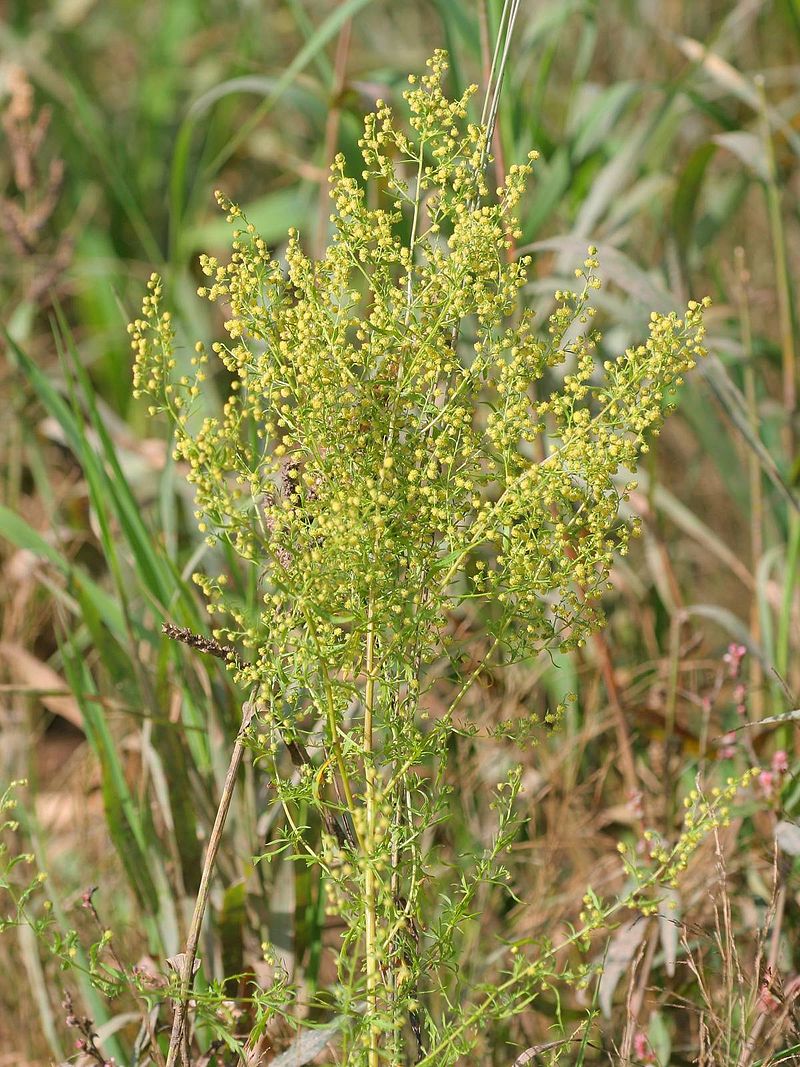Artemisia Annua
Artemisia Annua, also known as Sweet Wormwood, Sweet Annie, Sweet Sagewort, Annual Wormwood, is a common type of wormwood native to temperate Asia, but naturalized in many countries including scattered parts of North America.
Artemisia belongs to the plant family of Asteraceae and is an annual short-day plant. Its stem is erect brownish or violet brown. The plant itself is hairless and naturally grows from 30 to 100 cm tall, although in cultivation it is possible for plants to reach a height of 200 cm.
The leaves of A. annua have a length of 3–5 cm and are divided by deep cuts into two or three small leaflets. The intensive aromatic scent of the leaves is characteristic. The artemisinin content in dried leaves is in between 0% and 1.5%. New hybrids of Artemisia annua developed in Switzerland can reach a leaf artemisinin content of up to 2%.

An extract of A. annua, called artemisinin (or artesunate), is a medication used to treat malaria. Discovery of artemisinin and its antimalarial properties by the Chinese scientist Tu Youyou led to the award of the 2011 Lasker Prize and 2015 Nobel Prize in Physiology or Medicine.
Coartem, a combination of lumefantrine and artemether (an artemisinin derivative extracted with ether, 20 mg) is now the standard treatment for uncomplicated malaria, producing efficacy of up to 98%.